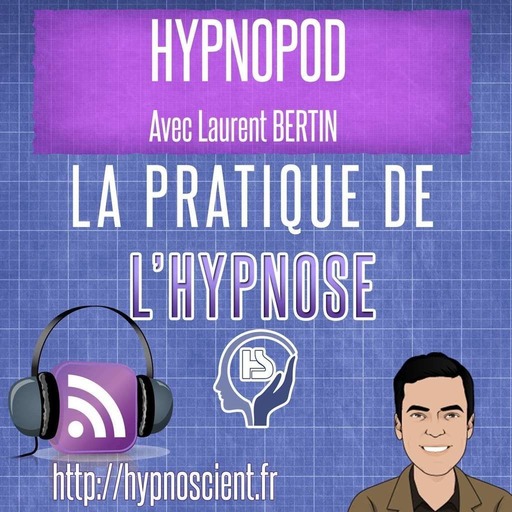What do you want to happen to your body when you die? It’s a touchy topic where tradition, religion and death denial all come into play. But across much of the world, there are just two options: burial and cremation, which both have substantial ecological impacts.
In 2019, Washington State passed SB 5001, which legalized several new options for deathcare.
In this episode, host Jeff Emtman visits Return Home, a facility in Auburn, Washington that’s using one of those new options, called “Natural Organic Reduction” (NOR) which is commonly called “human composting”.
Return Home has built the world’s largest NOR facility to date, with 74 available individual vessels. Their process (which they’ve trademarked as “Terramation”) takes about two month to complete, and involves dressing a deceased person in a pressed cotton gown and placing them a bed of organic material, and left to naturally break down using active composting techniques that bring the contents of the vessel to well above 100° Fahrenheit for much of the composting period.
The techniques used by Return Home were largely inspired by Katrina Spade, a death activist and the owner of Recompose, another NOR facility located near Seattle. Spade was one of the people who strongly advocated for the passage of SB 5001.
There’s currently one other NOR facility in Washington State: Herland Forrest in Wahkiacus. Currently two other states, Colorado and Oregon have legalized NOR.
NOR’s future isn’t known. It’s new and still relatively rare. Do enough people want to be composted to have it be a viable business model? Each of these companies have different approaches to their process.
Return Home’s model relies on scale. They wouldn’t disclose the exact cost of building their facility, or how many simultaneous descendants they’d need in their facility to be profitable. As of publishing, they charge $4,950 for their process and they have 15 of their 74 slots occupied.
And in some ways, the full ecological benefits for Return Home’s process also rely on scale. In a follow up email, CEO Micah Truman stated that “We calculate our inputs as follows. Our electricity bill each month is about $1,700, and is sufficient to Terramate 74 bodies. This comes to $22 per body. In current gas terms ($5 a gallon at present) that is roughly 4 gallons of gas, which is about 1/8 the amount of gas used for cremation. The number is actually quite a bit better than that, as our electricity bill also powers our entire facility, not just the Terramation equipment.”
When asked about the relative emptiness of the facility, Katey Houston (Return Home’s Services Manager) said, “The funeral industry is so slow to change. When cremation became a thing, it took sixty years to become mainstream. The fact that we’ve served just over thirty families now in four months, is quite amazing. And we’ve continued to grow month-over-month, and that’s all I can ask for.”
Thank you Hannah Suzanna for help with research for this episode.
Here Be Monsters is an independent, listener supported podcast. Consider supporting the show on Patreon.
Producer: Jeff Emtman
Music: The Black Spot and Serocell
Sponsor: Sleep With Me Podcast
Sleep With Me is a podcast that helps you fall asleep. Host Drew Ackerman tells tangential stories, reads old catalogs, makes metaphors about washing machines, and does other calming things all in pursuit of slowing your mind down and letting you drift off to sleep more peacefully. Subscribe to Sleep With Me on any podcast app.


 Emissions
Emissions



